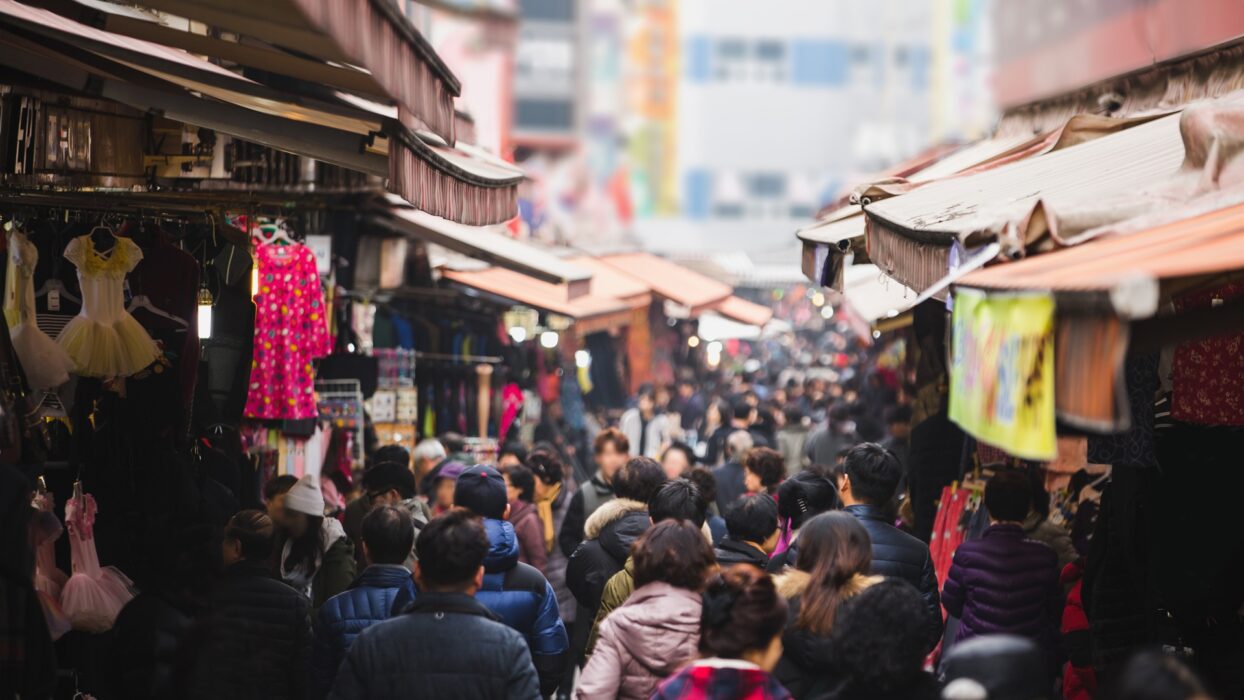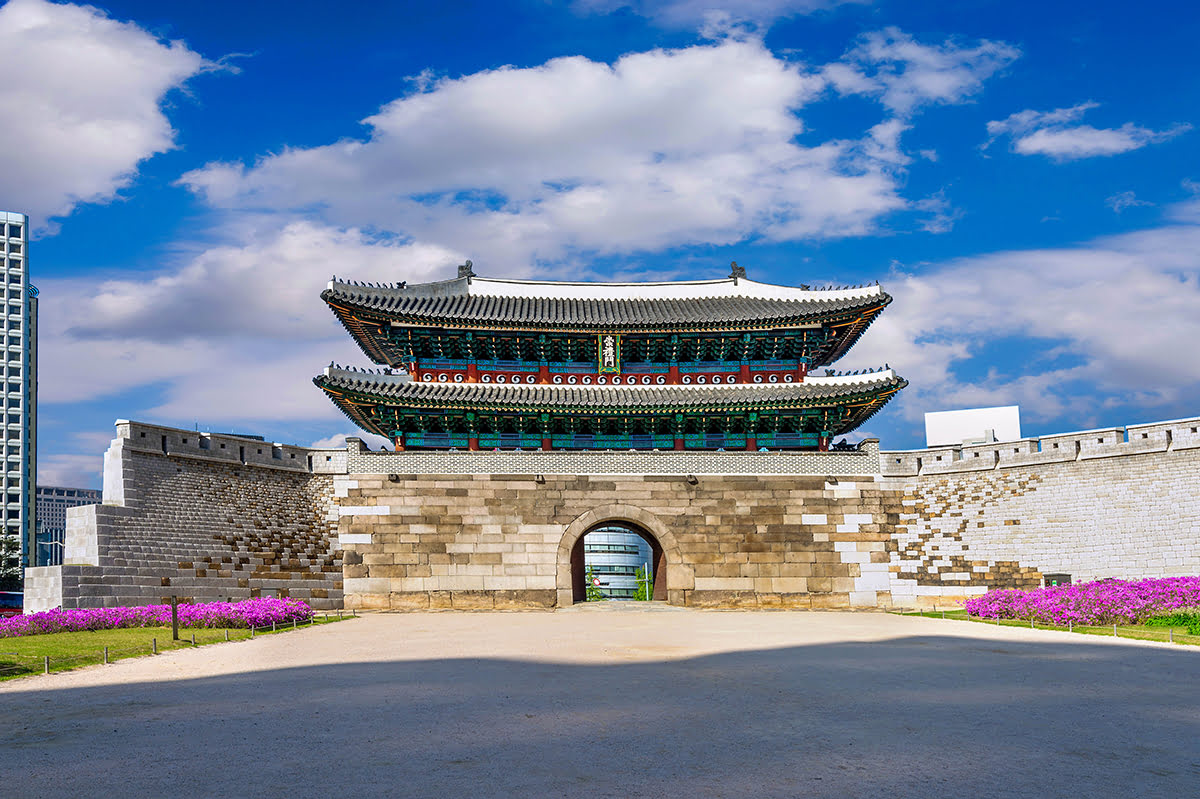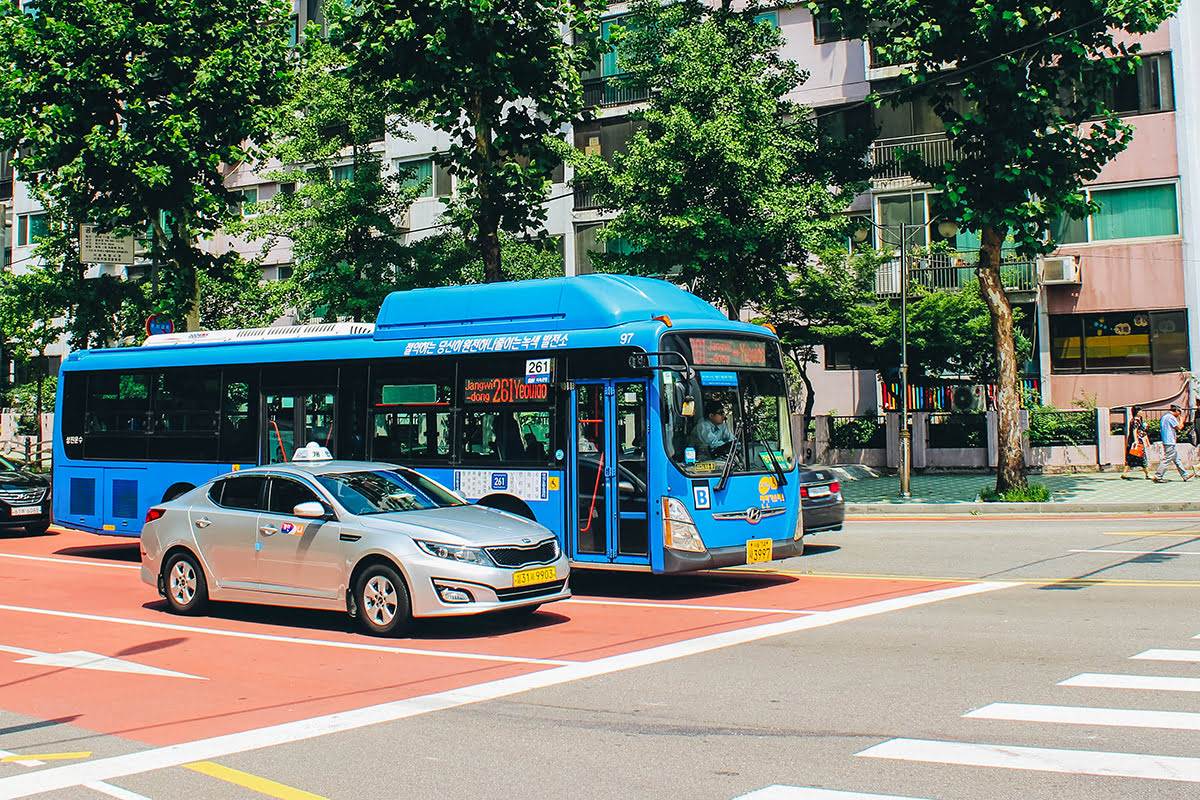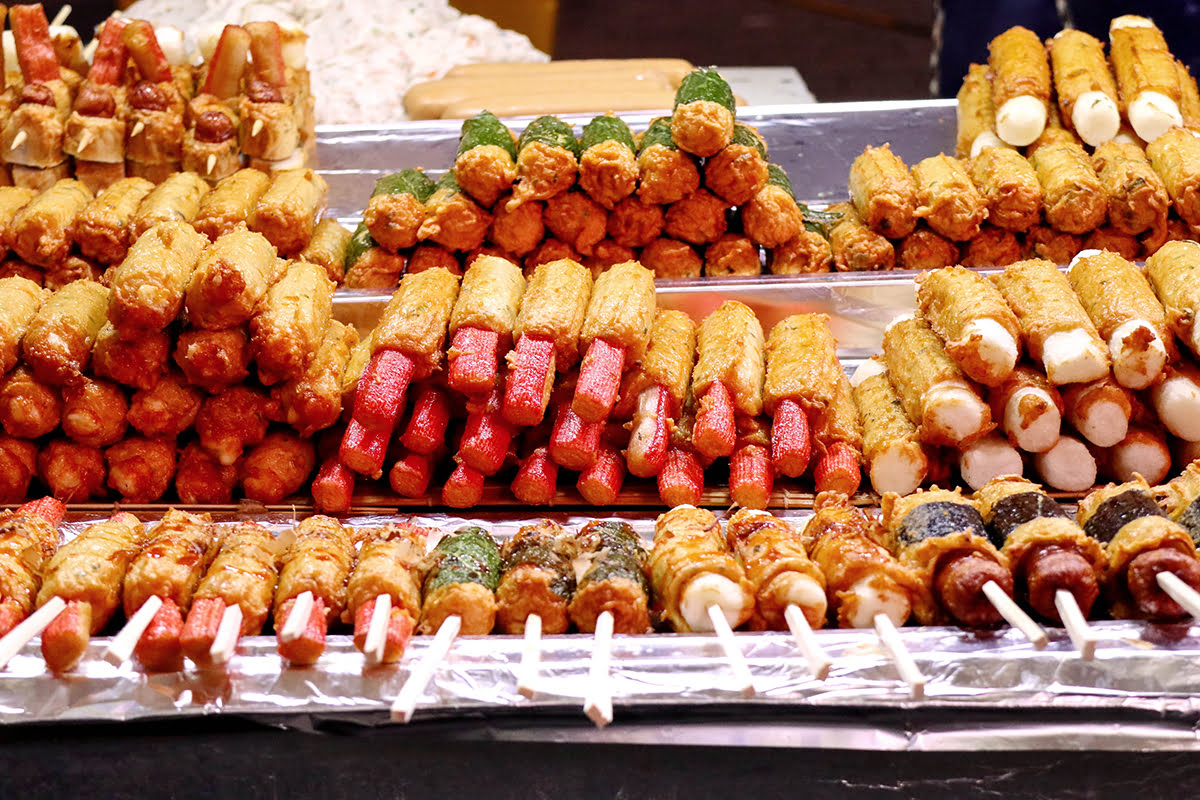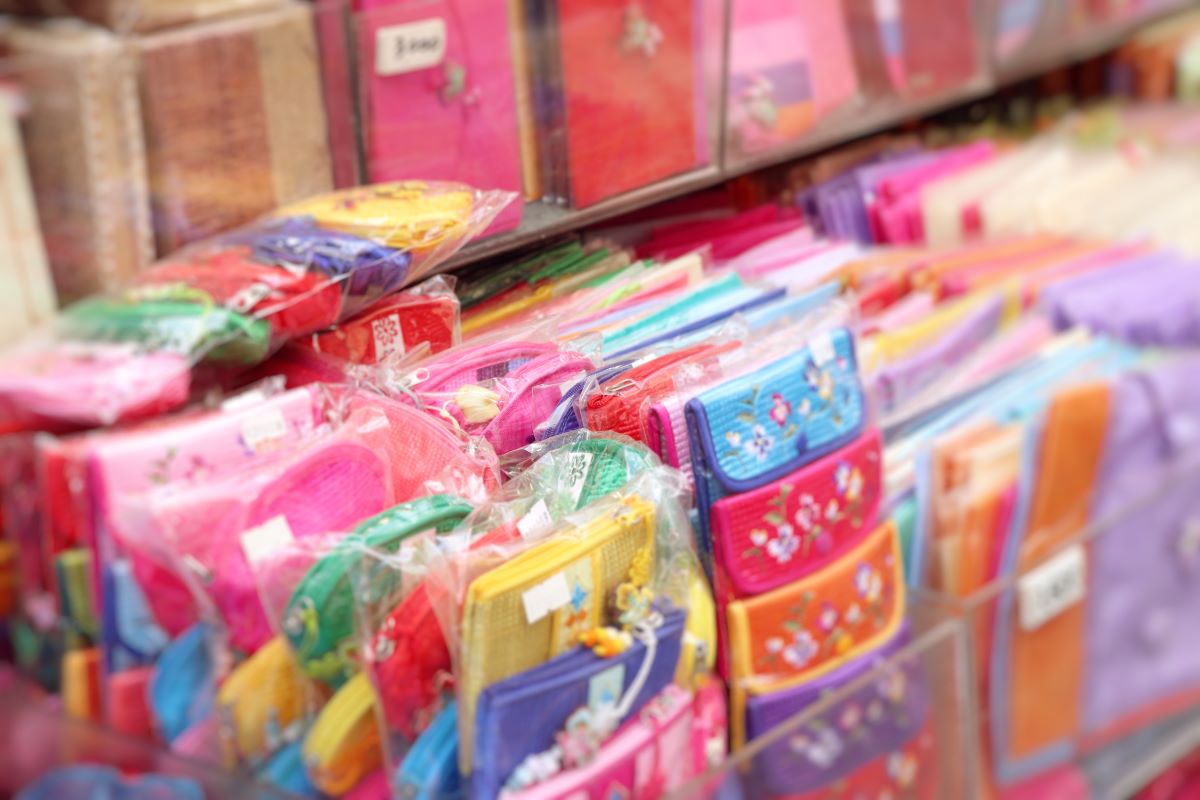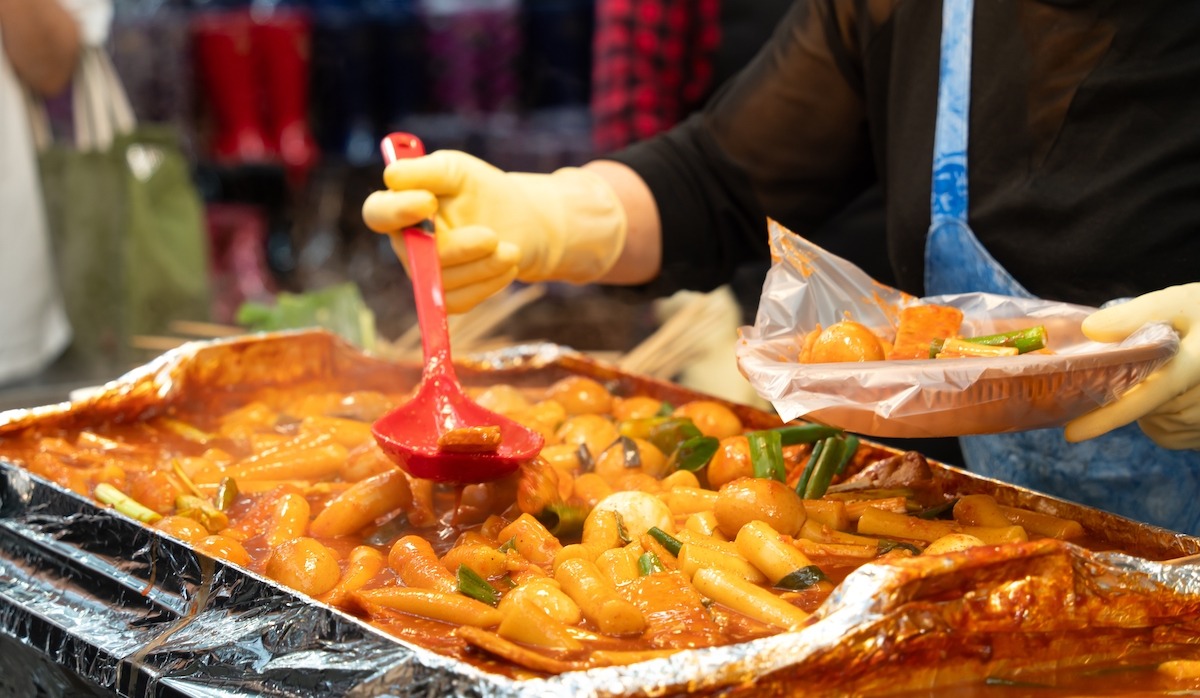If you’re visiting Seoul, one must-see destination is Namdaemun Market. As one of the oldest and largest traditional markets in South Korea, it offers a rich tapestry of culture, history, and an assortment of goods that range from food and fashion to trinkets and souvenirs. Let’s dive into everything you need to know to make the most out of your visit to Namdaemun Market.
A Glimpse into History
Namdaemun Market, established in 1964, holds a significant place in Seoul’s history. It’s also known as one of the largest wholesale markets in the city. The name “Namdaemun” translates to “Great South Gate,” named after its proximity to the Sungnyemun Gate, a designated national treasure.
The market covers approximately 10 acres, with more than 10,000 retailers. While it has adapted to modern times, it retains a traditional charm that offers a glimpse into Seoul’s vibrant past. It’s a bustling hive of activity that never seems to slow down, even at night!
How to Get to Namdaemun Market
Located in the heart of Seoul, getting to Namdaemun Market is easy. The market is accessible via several modes of public transport:
- Subway: Get off at Hoehyeon Station (Line 4) and take Exit 5. The market entrance is right there.
- Bus: Numerous city buses stop near the market. Look for routes that stop near Hoehyeon Station or Namdaemun Market Bus Stop.
- Taxi: Simply tell the driver “Namdaemun Sijang” (Namdaemun Market) and they will drop you off near the main entrance.
Best Time to Visit
Namdaemun Market is open 24 hours a day, but the best time to visit is during the day when most shops are open. Early mornings are especially good for exploring the food stalls and fresh produce. In the evenings, the market transforms into a haven for street food enthusiasts.
Key Sections of Namdaemun Market
Namdaemun Market is extensive, and navigating it can be overwhelming. Here are some key sections that you shouldn’t miss:
Kalguksu Alley
If you love noodles, Kalguksu Alley is a must-visit. Here, you can savor a variety of hot noodle soups handmade from scratch. The atmosphere is bustling with locals slurping away, making it a quintessential Korean experience.
Streetfood Alley
Streetfood Alley offers an assortment of delectable Korean street foods. From tteokbokki (spicy rice cakes) and mandu (dumplings) to hotteok (sweet pancakes), your taste buds are in for a treat!
Galchi Jorim Alley
This alley is famous for its mouth-watering braised hairtail fish dishes. The savory and mildly spicy flavors make it a popular spot for lunch or dinner among market-goers.
What to Buy in Namdaemun Market
Namdaemun Market is a treasure trove of diverse merchandise. Here are some items that you should consider purchasing while visiting:
Korean Traditional Products
Look for traditional Korean items such as hanbok (Korean traditional clothing), ginseng, and ceramics. These make wonderful souvenirs and gifts.
Fashion and Accessories
The market is well-known for its affordable fashion. You can find everything from trendy clothing and accessories to bags and shoes at reasonable prices.
Souvenirs and Crafts
Namdaemun Market offers a wide array of souvenirs and traditional Korean crafts. From keychains and postcards to intricately designed crafts, you’ll have plenty of options to choose from.
Culinary Delights
The food at Namdaemun Market is a highlight for many visitors. Here’s a closer look at some must-try dishes:
Kalguksu (Handmade Noodle Soup)
Kalguksu Alley, with its handmade noodle soups, is a popular spot in Namdaemun Market. The noodles are freshly prepared and served in a savory broth with vegetables and sometimes seafood or meat.
Hotteok (Sweet Pancakes)
Hotteok is a sweet pancake filled with brown sugar, honey, chopped peanuts, and cinnamon. These are especially popular during the winter months when the warmth of the freshly made pancakes is a comforting treat.
Galchi Jorim (Braised Hairtail Fish)
Galchi Jorim is a savory braised fish dish that is mildly spicy and incredibly flavorful. It’s a specialty you’ll find in several eateries within the market.
Street Food Varieties
The market is teeming with an array of street foods. Don’t miss out on trying tteokbokki (spicy rice cakes), odeng (fish cakes), and mandu (dumplings).
Practical Tips for Visiting Namdaemun Market
Here are some practical tips to ensure you have a great experience at Namdaemun Market:
- Bargain Wisely: Haggling is common in the market, so don’t be afraid to negotiate prices. However, always remain respectful and polite.
- Stay Hydrated: Especially during the hot summer months, make sure to drink plenty of water as you explore the market.
- Bring Cash: While some vendors accept credit cards, many prefer cash. Having Korean won on hand will make your transactions smoother.
- Visit on a Weekday: Weekends can be extremely crowded, so visiting on a weekday can make for a more enjoyable experience.
- Use a Map: The market is extensive and can be confusing to navigate. Having a map or using a navigation app can help you find your way around.
Cultural Etiquette and Local Insights
When visiting Namdaemun Market, it’s helpful to be aware of some local customs and etiquette:
- Polite Gestures: Bowing slightly when greeting vendors is a sign of respect.
- Sample Etiquette: It’s common for vendors to offer samples. Feel free to try them, but be courteous and express appreciation even if you don’t make a purchase.
- Language Tips: Although many vendors understand basic English, learning a few Korean phrases such as “annyeonghaseyo” (hello) and “gamsahamnida” (thank you) can go a long way in enhancing your experience.

